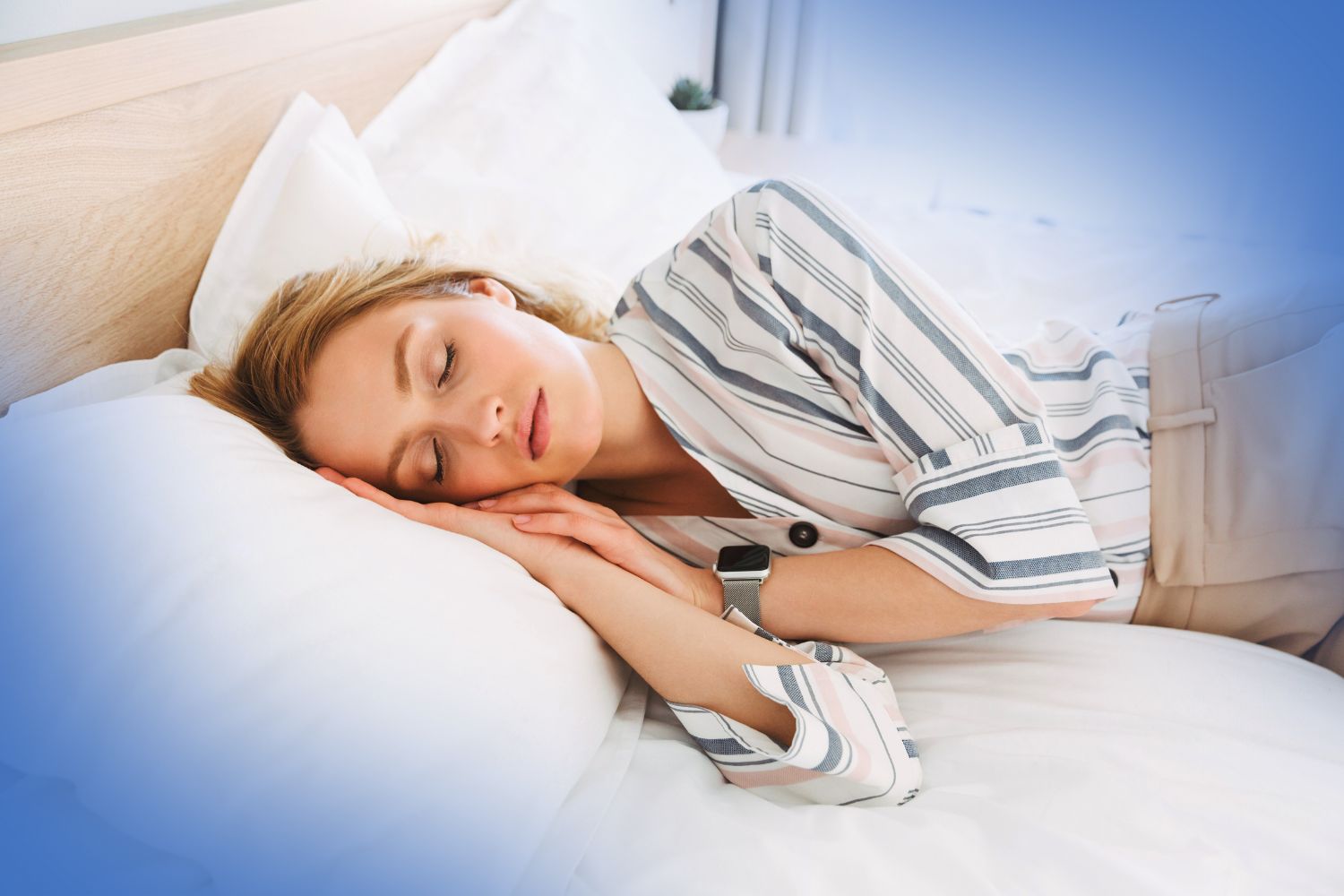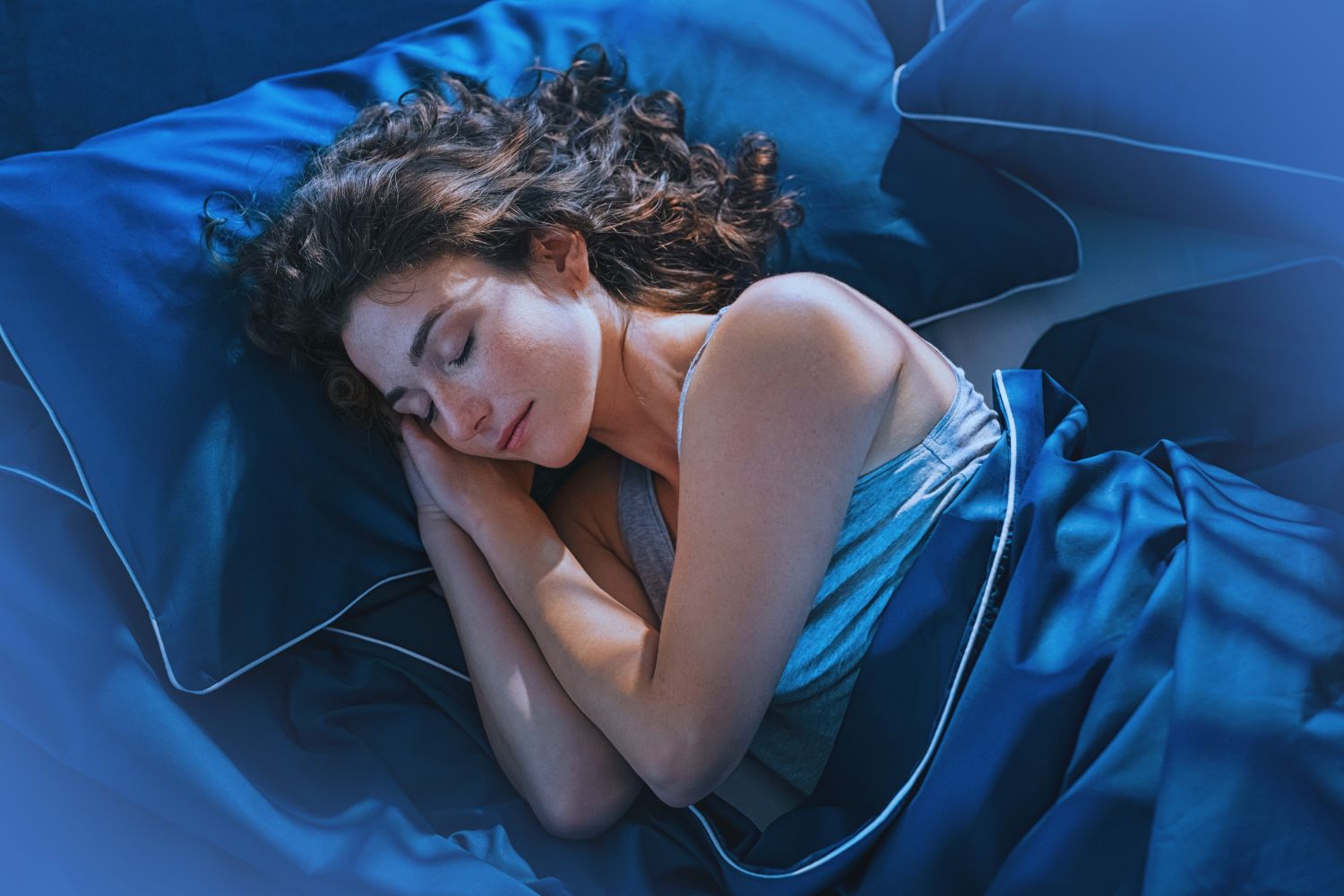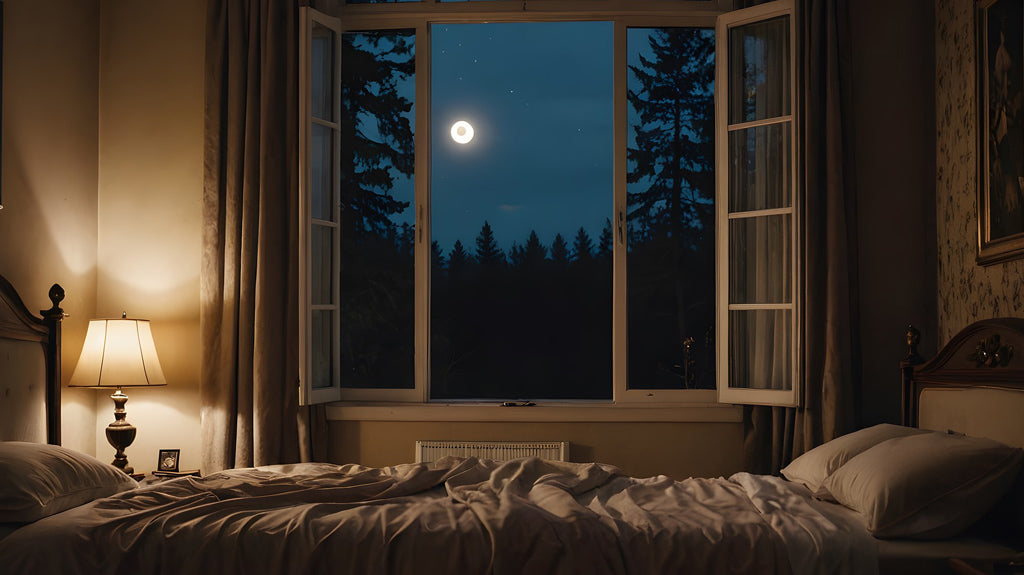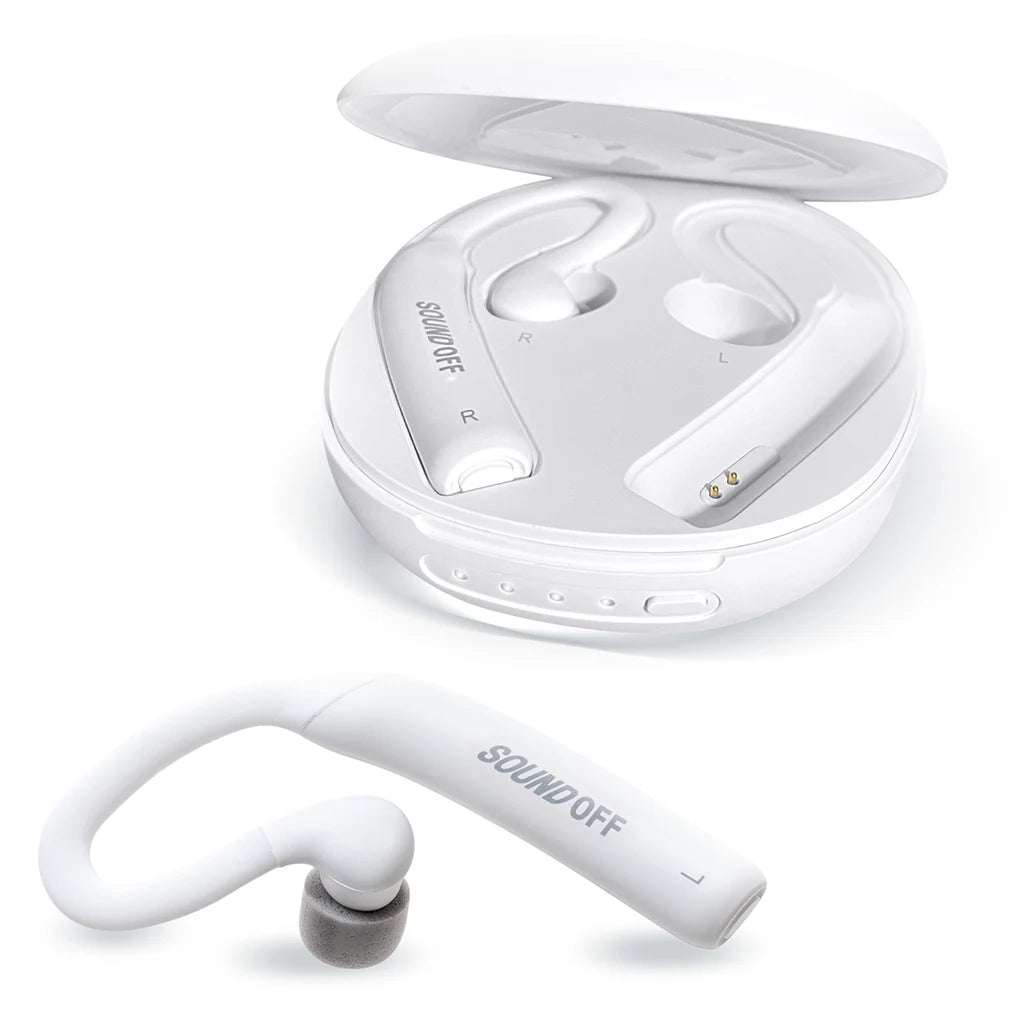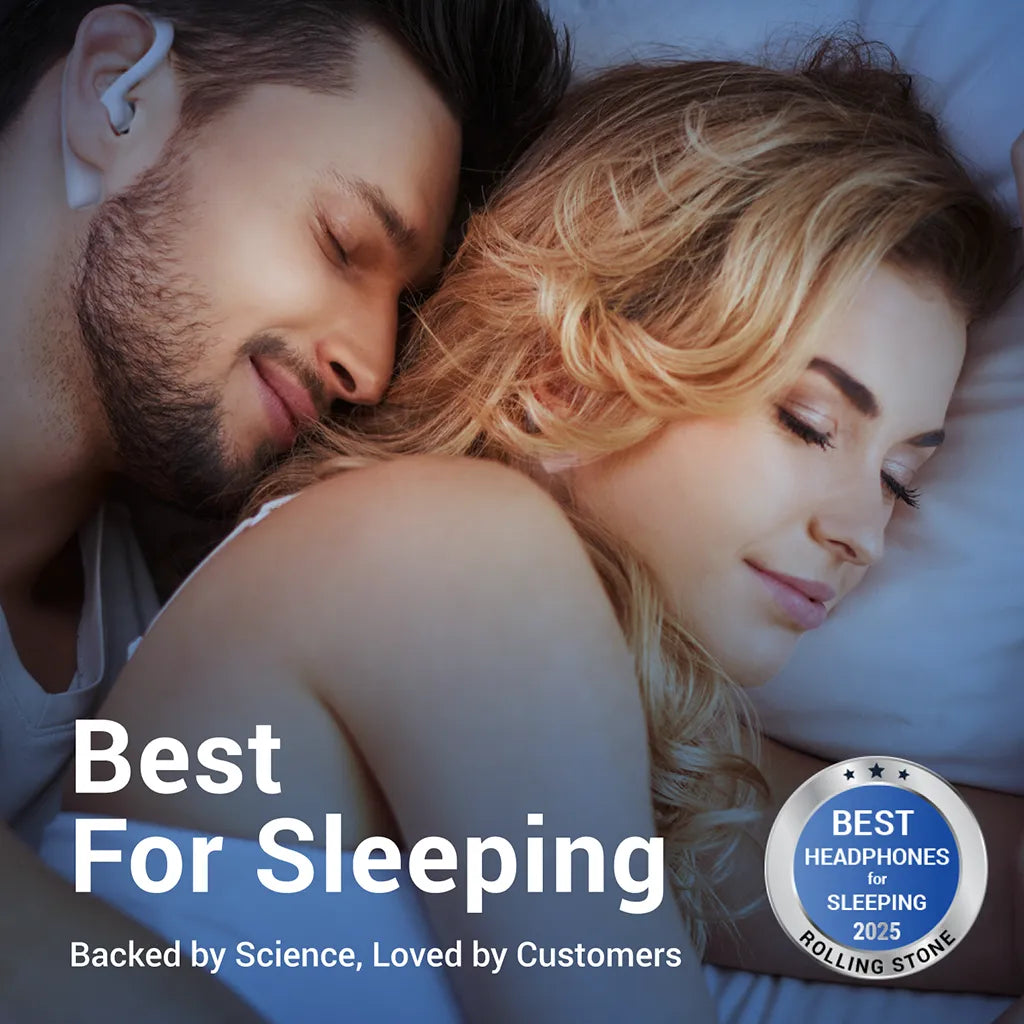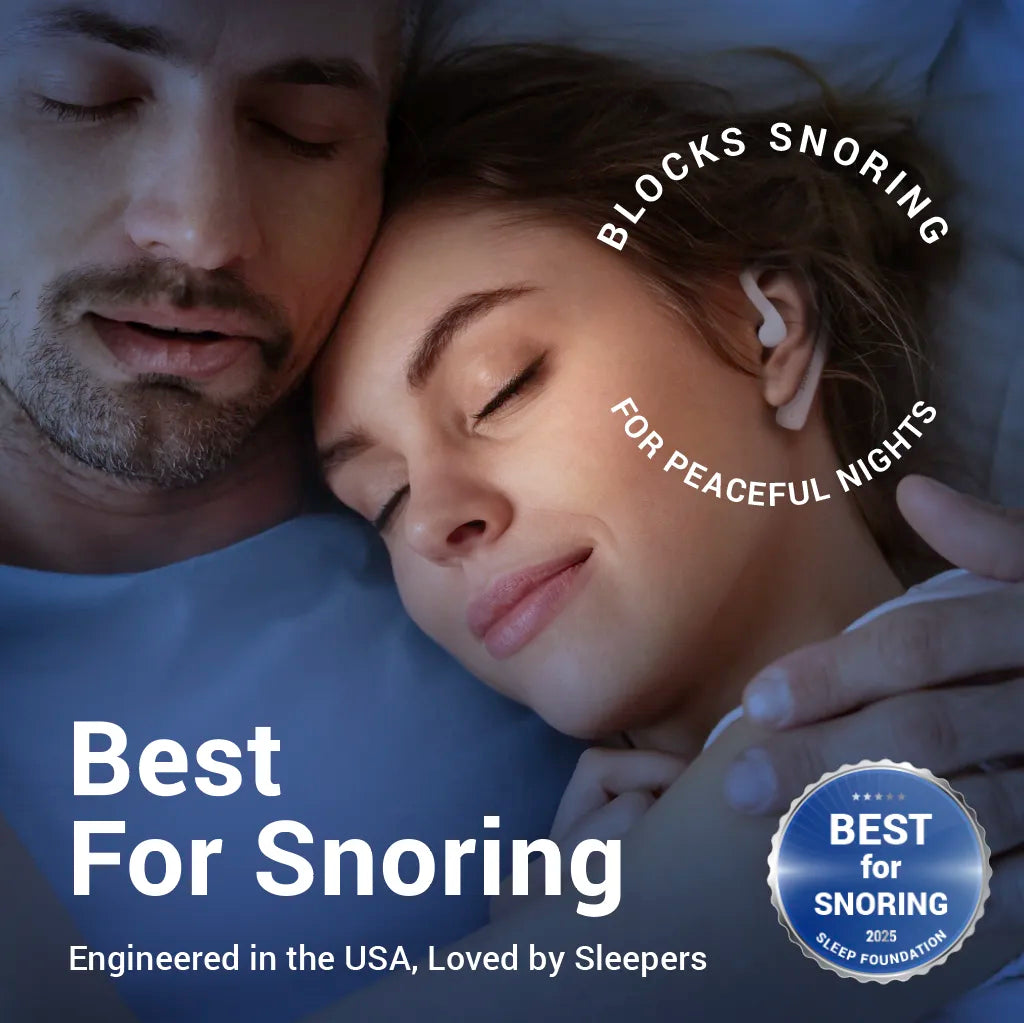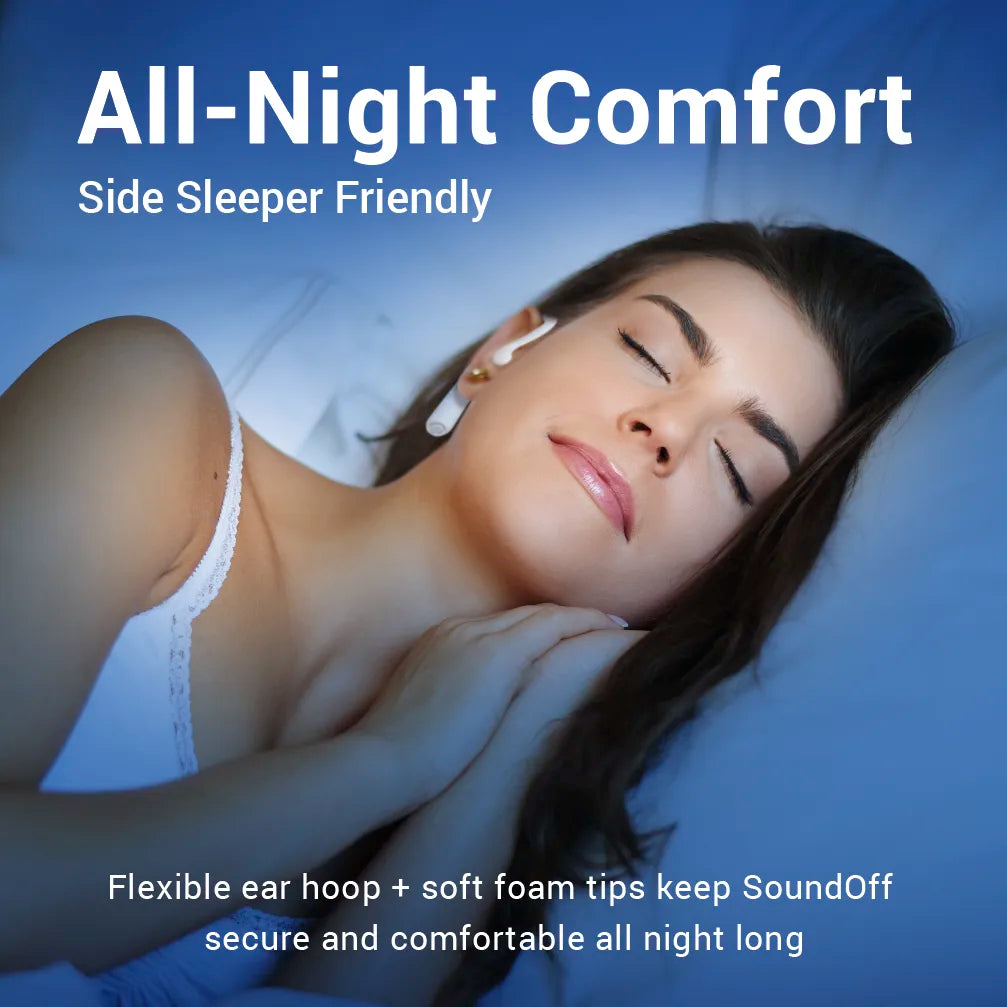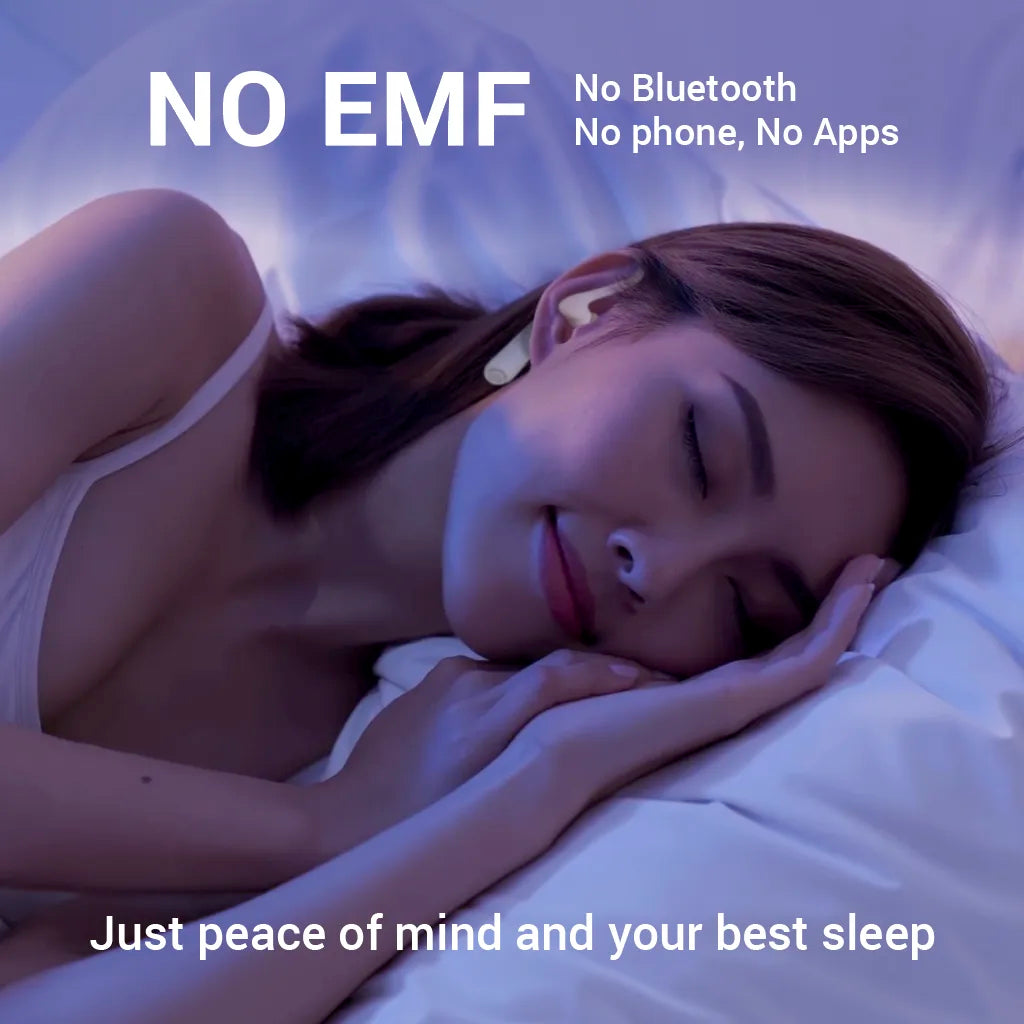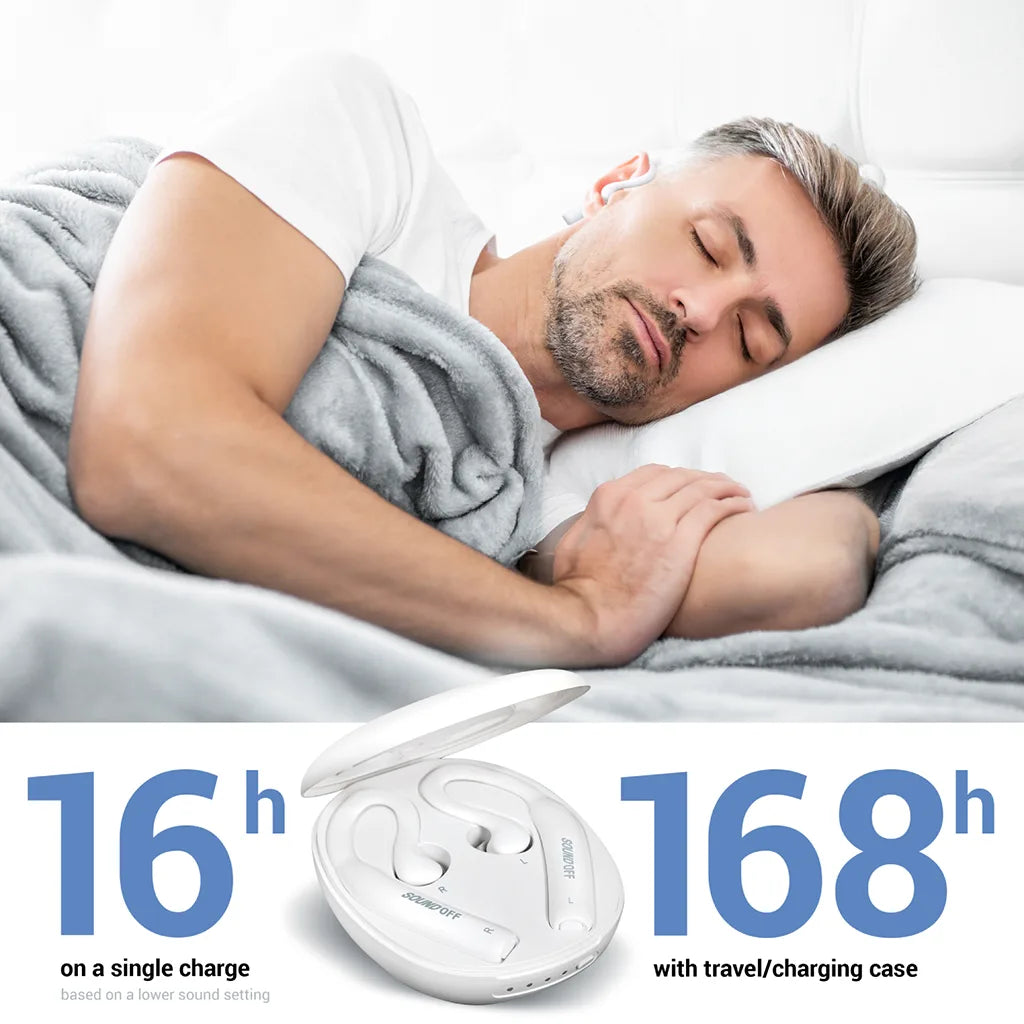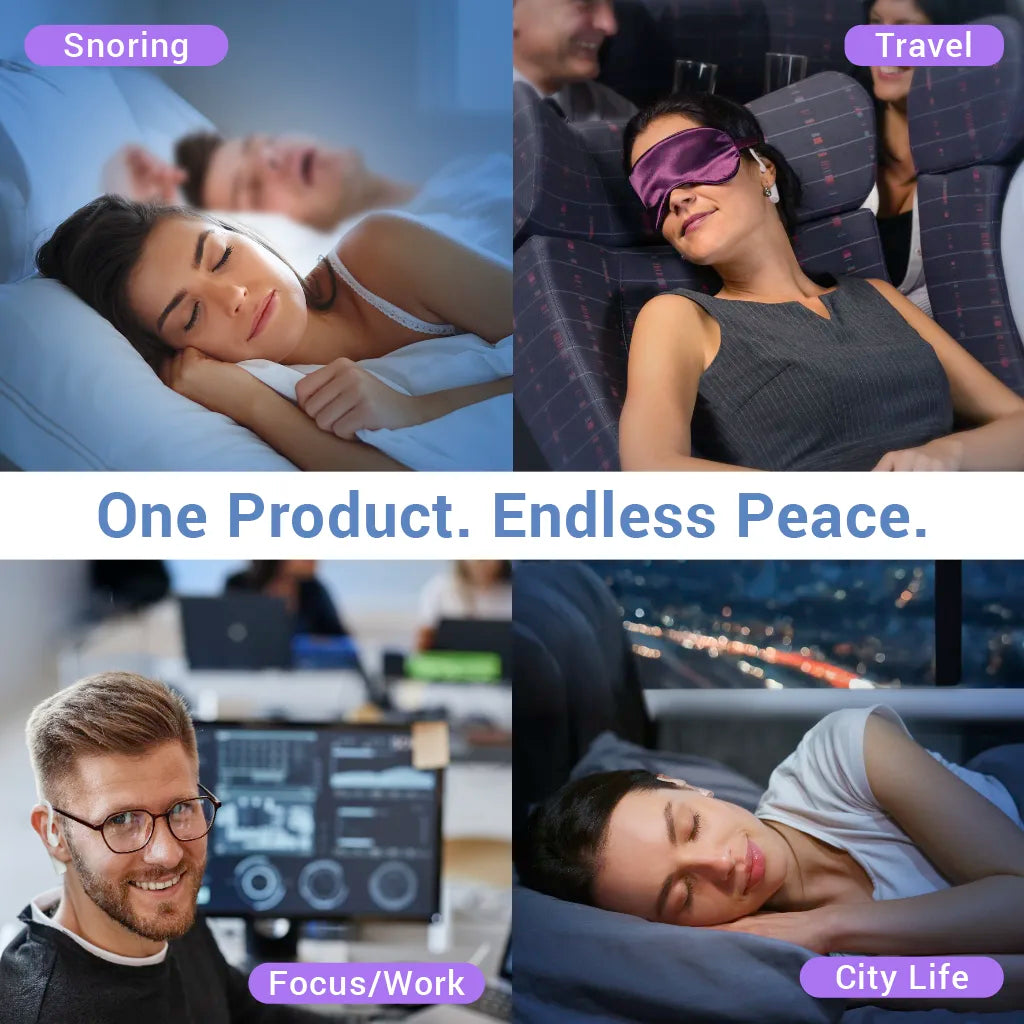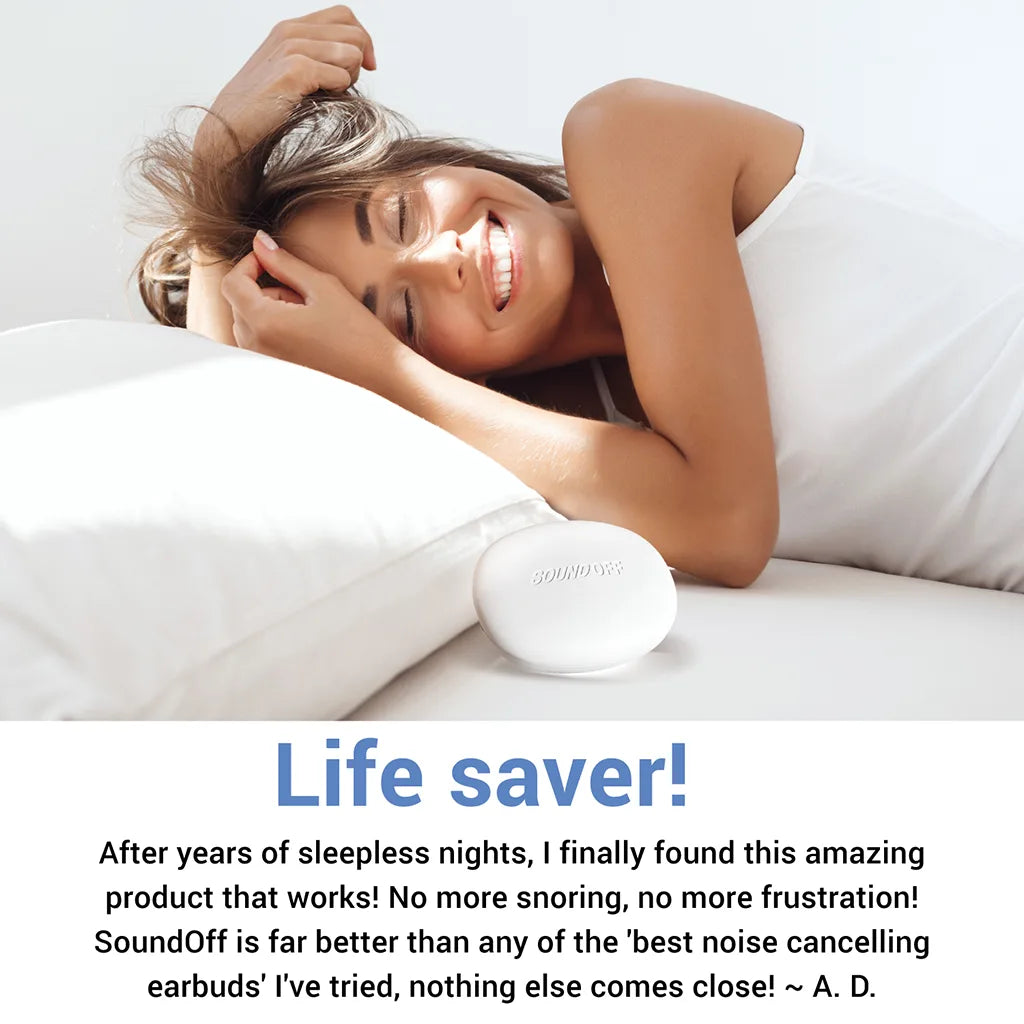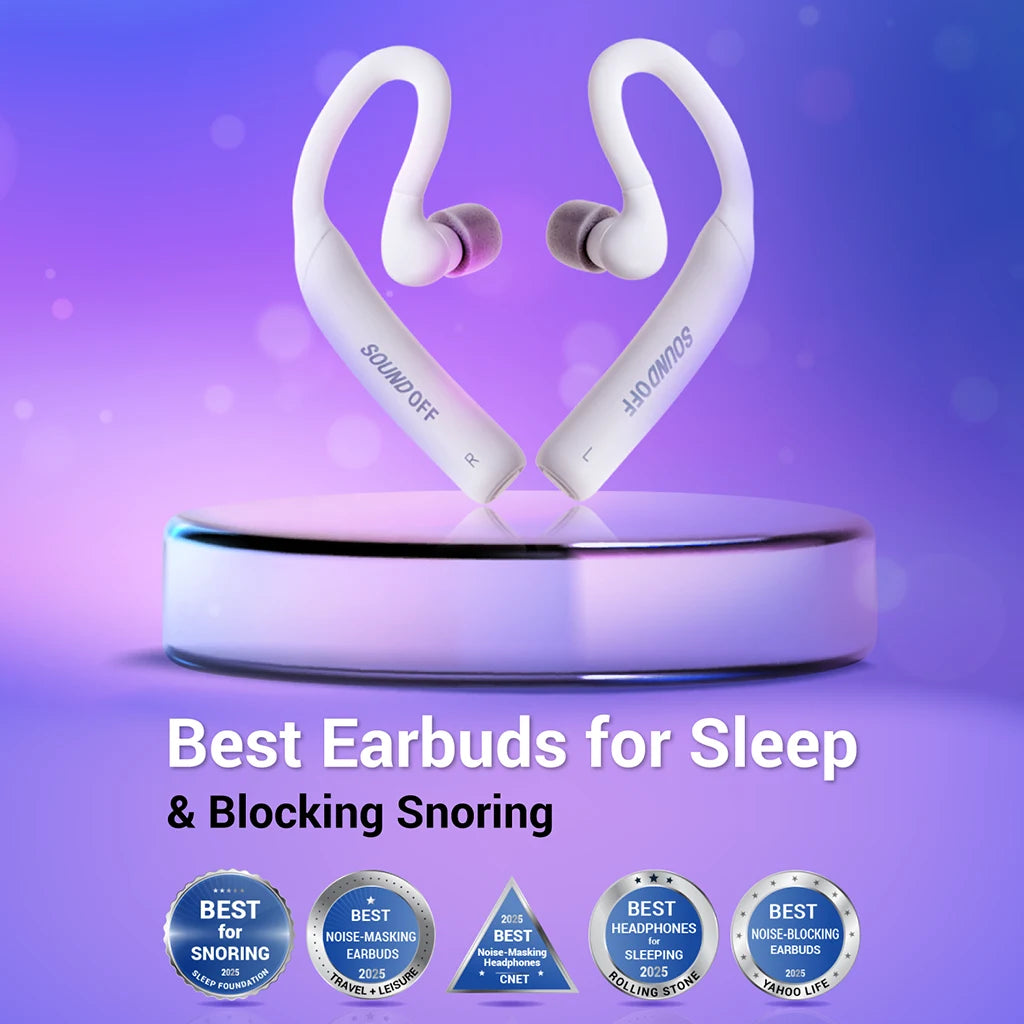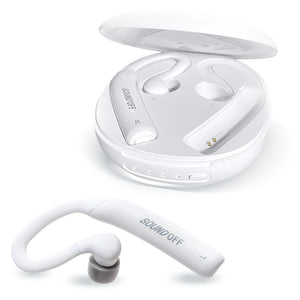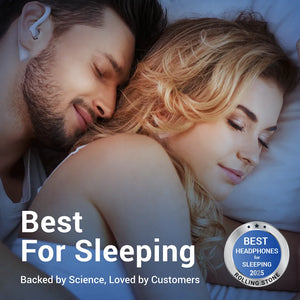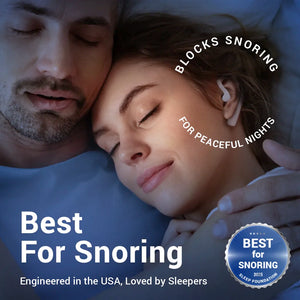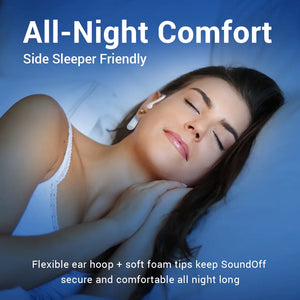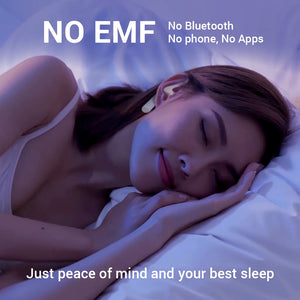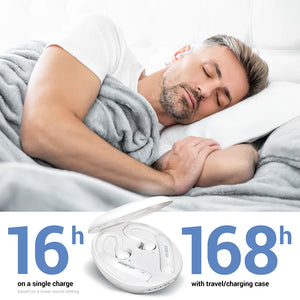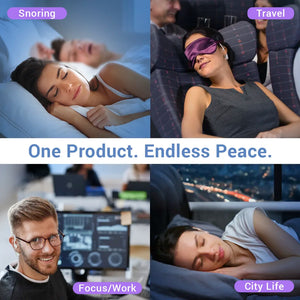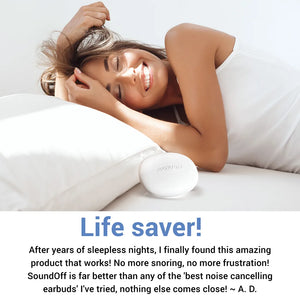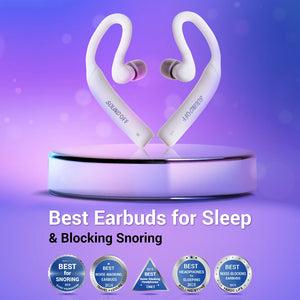The Forgotten Art of Napping. Why Power Naps Might Be the Productivity Hack You’re Missing
In a culture that glorifies hustle and burnout, napping often gets a bad reputation. We associate it with laziness, or something only children and the elderly indulge in. But what if we told you that some of history’s most productive minds—from Salvador Dalí to Albert Einstein—swore by naps? And that modern neuroscience backs them up?
Let’s dive into the fascinating world of naps—how they work, the science behind their benefits, and how to nap smarter, not longer.
🧠 The Science Behind Naps
Our body operates on a natural rhythm called the circadian rhythm, which governs our energy levels throughout the day. Most people experience a natural dip in alertness between 1 p.m. and 3 p.m., regardless of how well they slept the night before.
This mid-day slump isn’t a sign of weakness—it’s biology. Enter the power nap, a short, strategic nap that gives your brain a reset without grogginess.

✅ Benefits of Napping (Backed by Research):
-
Boosted memory and learning
Studies show that napping after studying or learning something new helps cement information into long-term memory. -
Improved creativity
The right nap can enhance right-brain activity, unlocking problem-solving and artistic insights. -
Better mood and emotional regulation
A 20-minute nap can reduce frustration, anxiety, and even help regulate your response to stress. -
Sharper focus and productivity
NASA famously found that pilots who napped for 26 minutes experienced a 34% performance boost and 54% increase in alertness.

⏱️ The Perfect Nap – How Long Should You Sleep?
Nap length matters—a lot. Here’s a breakdown of what happens in different nap durations:
-
10–20 minutes
This is the classic power nap. It boosts alertness and performance with minimal grogginess. Ideal for a quick reboot. -
30 minutes
Avoid this if possible. It’s long enough to enter deeper sleep, but too short to finish a sleep cycle—leaving you feeling foggy. -
60 minutes
Helps with remembering facts, names, and faces (thanks to deep sleep). You may feel a bit groggy upon waking, but benefits linger. -
90 minutes
A full sleep cycle. This improves emotional and procedural memory, creativity, and reduces sleep inertia.

😴 The Right Way to Nap – Tips for Maximum Impact
-
Nap between 1–3 p.m.
This aligns with your circadian dip and is early enough not to interfere with nighttime sleep. -
Set an alarm
Stick to your chosen nap length. A nap timer is your best friend. -
Create a restful environment
Darkness, quiet, and cool temperatures make for ideal nap conditions—just like nighttime sleep. -
Try caffeine-napping
Yes, it’s real. Drink a small cup of coffee, then nap immediately for 15–20 minutes. You’ll wake up just as the caffeine kicks in for a double energy boost. -
Don’t nap too late
Napping past 4 p.m. can mess with your nighttime sleep unless you’re making up for serious sleep debt.
📜 A Few Historical Nappers You Might Recognize
- Leonardo da Vinci followed a polyphasic sleep schedule—multiple short naps throughout the day.
- Winston Churchill took a nap every day at 5 p.m., claiming it helped him get two workdays out of one.
- Thomas Edison was a napper, even though he denied it publicly to protect his "hard-working" image.
It turns out, napping isn’t for the lazy—it’s for the smart.
🧘♂️ Modern Napping Meets Modern Problems. What If You Can’t Fall Asleep?
Even when you want to nap, noise or racing thoughts can get in the way. Whether it’s construction outside, office chatter, or your partner’s phone buzzing—your brain struggles to shut down when sound is involved.
That’s where SoundOff can make a big difference. Our proprietary pink noise was engineered to gently mask distractions and help your mind drift. Whether you're grabbing a 20-minute refresh or winding down for the night, SoundOff helps create the peaceful cocoon your brain needs to relax.
Because when rest is this powerful—you want to make the most of it.

